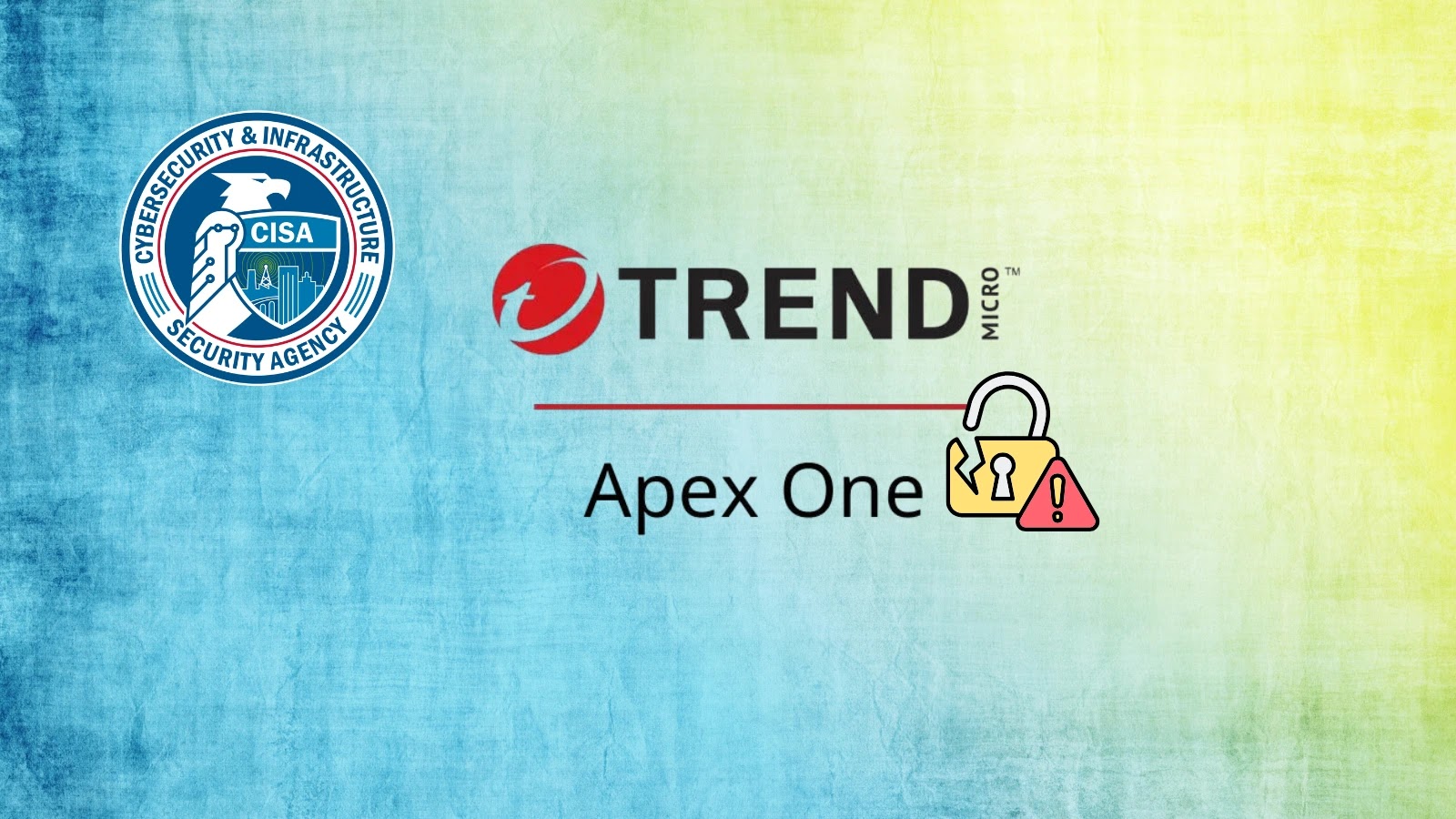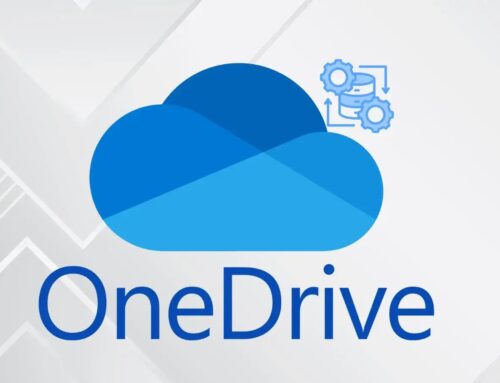
CISA Warns of Trend Micro Apex One OS Command Injection Vulnerability Exploited in Attacks
CISA Sounds Urgent Alarm: Trend Micro Apex One Vulnerability Actively Exploited
The cybersecurity landscape demands constant vigilance. Today, a critical warning from CISA underscores this reality: a high-severity vulnerability in Trend Micro Apex One Management Console is actively being exploited in the wild. This isn’t a theoretical threat; it’s a present danger targeting organizations utilizing on-premise installations of this widely used enterprise security platform.
As expert cybersecurity analysts, our role is to dissect these threats and provide actionable intelligence. The exploitation of this OS command injection vulnerability, tracked as CVE-2025-54948 and classified under CWE-78, presents significant risks, potentially allowing threat actors to gain unauthorized access and execute arbitrary commands within affected systems.
Understanding the Threat: CVE-2025-54948 and CWE-78
The core of this critical alert lies in a specific vulnerability: CVE-2025-54948, an OS command injection flaw. This vulnerability is particularly dangerous because it falls under CWE-78: Improper Neutralization of Special Elements used in an OS Command (‘OS Command Injection’). In simpler terms, it means that an attacker can trick the Trend Micro Apex One Management Console into executing malicious operating system commands by injecting special characters or strings into input fields that are not properly sanitized.
When exploited, such a vulnerability can lead to severe consequences, including:
- Remote Code Execution (RCE): Attackers could execute arbitrary code on the underlying operating system, gaining full control.
- Data Exfiltration: Sensitive organizational data could be stolen.
- System Compromise: The compromised system could be used as a pivot point for further attacks within the network.
- Disruption of Services: Malicious commands could lead to denial-of-service conditions.
Implications for On-Premise Installations
CISA’s warning specifically highlights on-premise installations of Trend Micro Apex One. This distinction is crucial. While cloud-based services often benefit from vendor-managed patching and infrastructure security, on-premise deployments place the onus of patching and hardening directly on the organization.
Organizations running Apex One locally must recognize the immediate and severe exposure this vulnerability creates. Without prompt action, their enterprise security platform – designed to protect their assets – could become its greatest liability.
Remediation Actions: Securing Your Trend Micro Apex One Environment
Immediate action is paramount to mitigate the risk posed by CVE-2025-54948. Organizations must prioritize the following steps:
- Apply Patches Immediately: Monitor Trend Micro’s official security advisories and promptly apply any patches or hotfixes released to address CVE-2025-54948. This is the single most effective remediation.
- Network Segmentation: Isolate the Trend Micro Apex One Management Console on a dedicated network segment, limiting its access to other critical systems.
- Restrict Access: Ensure that the management console is only accessible from trusted IP addresses and through secure, multi-factor authenticated VPN connections. Minimize exposure to the internet.
- Monitor Logs for Anomalies: Increase scrutiny of logs from the Apex One Management Console and the underlying operating system for any unusual activity, failed logins, or unauthorized command executions.
- Conduct Vulnerability Scans: Regularly scan your network and systems, particularly those hosting Apex One, for known vulnerabilities and misconfigurations.
- Endpoint Detection and Response (EDR): Leverage robust EDR solutions to detect and respond to suspicious activities that might indicate exploitation attempts, even before a patch is available.
Tools for Detection and Mitigation
Leveraging the right tools can significantly bolster your defense against vulnerabilities like CVE-2025-54948. Here are some categories and examples:
| Tool Category | Purpose | Example Tools (and relevant aspects) |
|---|---|---|
| Vulnerability Scanners | Identify known vulnerabilities in software and network devices. |
|
| Intrusion Detection/Prevention Systems (IDS/IPS) | Monitor network traffic for malicious activity and block attacks. |
|
| Security Information and Event Management (SIEM) | Centralize log data for correlation, analysis, and alerting on security incidents. |
|
| Endpoint Detection and Response (EDR) | Provide advanced threat detection, investigation, and response capabilities on endpoints. |
|
Conclusion: Stay Ahead of the Curve
The active exploitation of CVE-2025-54948 in Trend Micro Apex One Management Console serves as a stark reminder of the continuous threats organizations face. CISA’s warning is a call to action. Prioritizing immediate patching, hardening configurations, and maintaining robust monitoring are not optional; they are fundamental requirements for maintaining a strong security posture. Stay informed, stay vigilant, and act decisively to protect your critical assets.





